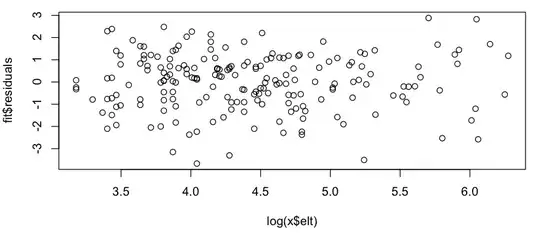I am new in the analysis of covariance matrix and plotting the corresponding ellipses. Here are my confusions in summary :
If I have a dataset of size: N rows.
I compute the covariance matrix, I get some values.
I break up the data set into half, N/2, N/2.
I compute the covariance matrices of each data set, then I add these two matrices (for understanding the two data sets are identical, and hence the covariance matrix too),
Cov1+Cov2=Cov_T
I see that the matrix becomes half to the original matrix produced from the dataset of size N, see the plot, to explain this.
 Green corresponds to the covariance matrix from two times the data, red corresponds to two covariance matrices added where each data sets are half the original dataset's size.
Green corresponds to the covariance matrix from two times the data, red corresponds to two covariance matrices added where each data sets are half the original dataset's size.
So my question is, is this the normal behavior expected? Why if the whole data set is computed in a single covariance matrix, it produces different results compared to when the data set is divided into half and the corresponding matrices are added.